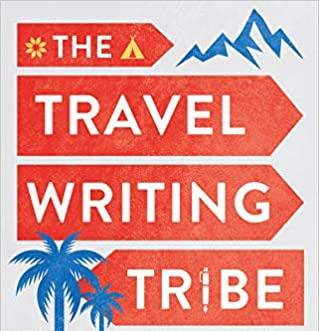It pays to pray by Rose FinnKelcey is currently on display in the wonderful outdoor sculpture gallery at Goodwood, Sussex. It looks like a row of vending machines of the kind found on station platforms, all offering identical wares, though in this case not chocolate bars. Put in your 20p and you get a short burst of silent technicolour 'prayer', chosen from a selection that includes 'Bounty', 'Delight', 'Wispa', 'Drifter', 'Timeout', 'Devour'. Words girate and pulsate and flash, rhythmically or erratically, in visual representations of inner voices expressing childish delight or howls of anguish or pathetic whimpers of fear. When one prayer is over, you get your 20p back and can choose another. I enjoyed it it made me laugh, partly at the incongruity of a row of garish vending machines in a woodland setting, partly at the irreverent exposure of what prayer in fact is. And because there were ten choices of prayer I probably spent more time looking at it (perhaps twenty minutes in all) than I have at many interactive or video installations, some of which seem to make unjustifiably extreme demands on the patience of the viewer.
However, there is another way of looking at this work, which, somewhat surprisingly to me at least, won a place in the 'spiritual zone' of the almost forgotten Millennium Dome. To do so it had to pass a religious security check: FinnKelcey was obliged by the Dome's administration to justify the piece to the Bishop of Lambeth's deputy, and apparently did so by making a "parallel between the instantaneous physical even psychological uplifting effect of chocolate, and that sought in prayer."
Perhaps prayer is like chocolate but the similarities that come to mind both comforting but ultimately unsatisfying, addictive, bad for you in large quantities may not be the ones that influenced the bishop's deputy. It still seems like satire to me, but take a trip down to the Sussex woods and see if it fills you with unholy glee too.
It pays to pray, along with many other large contemporary pieces, was commissioned by Sculpture at Goodwood, a charitable foundation that, by acting as a dealer that takes no commission, funds new sculptures that otherwise might never get beyond conception. There is a constantly changing display of around forty sculptures (despite the five or six figure price tags and their sometimes monumental scale, they do get sold), and if you follow the well marked path through the twenty acre outdoor "gallery" of Hat Hill Copse, you can see them all in a very pleasant hour or two.n
Sculpture at Goodwood is open from April to 1 November, Thursday, Friday and Saturday from 10.30am to 4.30pm (adults £10, children under 10 free). Information about the foundation and works currently on sale at www.sculpture.org.uk

